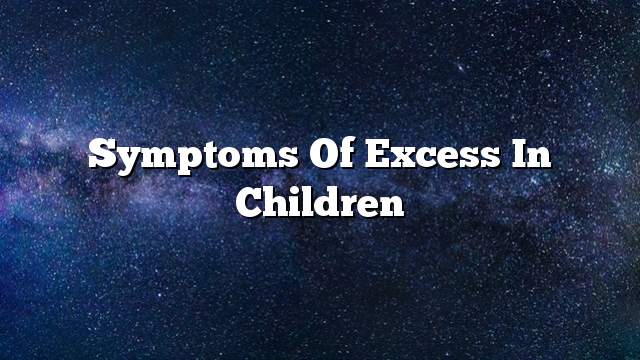Appendix
Children often suffer from many of the diseases that afflict them. Due to their young age, parents must take the appropriate quick measures to address what the child may suffer; to prevent the aggravation and the occurrence of complications that may be difficult to overcome sometimes, and diseases that may affect children: Appendicitis, what is the appendicitis, and how does inflammation occur? What are the symptoms of infection in children? What are the ways to treat them in children?
It is a small cylindrical piece located at the end of the cecum. It is closed at the end. It is 9 cm long. Its width is not more than 7 mm. It helps to filter viruses and bacteria, gain immunity to the body, and help the digestive system digest as described in Specialized studies.
Appendicitis
The appendix may become infected with inflammation, resulting in the introduction of strong germs, and increase the effect of these bacteria in case the excess was closed by a fecal stone or intestinal worm, lymph nodes.
Children are often infected between the ages of 10 and 15, and children younger than 5 are rarely infected.
Symptoms of appendicitis in children
- Pain in the lower abdomen and around the navel area at first, then this pain is centered in the lower right quadrant of the abdomen.
- Sharp rise in temperature.
- Aspiration, loss of desire to eat.
- Diarrhea, constipation and inability to get rid of accumulated gases in the abdomen.
- Abdominal swelling occurs if diagnosis is not early.
- Feeling pain when touching the abdomen.
- Feeling tired, tired, and unable to move so as not to increase pain.
Treatment of appendicitis
- It is necessary to expedite the treatment of appendicitis in children, so as to prevent the explosion, because when it explodes will cause large contamination of the internal body parts, which may lead to serious complications such as septicemia, the occurrence of adhesions in the abdominal wall, disorders of the functions of the intestine, .
- The injured child should be immediately shown to the doctor for a clinical examination and to be sure that he or she has appendicitis.
- Laboratory tests, where white blood cells appear to increase slightly, may also show a fecal incision in the appendicitis, and the use of echocardiography may indicate appendicitis.
- Surgery is the only treatment for appendicitis in children. Studies have shown that there is no time to use antibiotics to treat inflammation, as they are removed with inflammation and eliminated.
